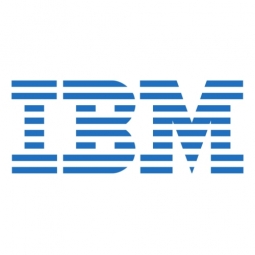IBM
Case Studies
In the Hall of the Mountain Data King
Overview
 |
In the Hall of the Mountain Data KingIBM |
Infrastructure as a Service (IaaS) - Cloud Computing Infrastructure as a Service (IaaS) - Cloud Storage Services | |
Telecommunications Utilities | |
Discrete Manufacturing Logistics & Transportation | |
Cloud Planning, Design & Implementation Services System Integration | |
Operational Impact
| The Lefdal Mine Datacenter is powered by renewable energy, making it one of the greenest datacenters on the planet. | |
| The datacenter is cooled by water from a nearby fjord, which helps with temperature regulation. | |
| The high-density rock provides natural protection from electromagnetic disruptions, making the datacenter highly resilient. | |
Quantitative Benefit
| The datacenter has a power usage effectiveness (PUE) of under 1.1, meaning almost all power goes to the equipment, with very little power needed for the facility overhead. | |
| The cooling system of the mine is a 20% to 30% improvement over current leading-edge design in Europe. | |


